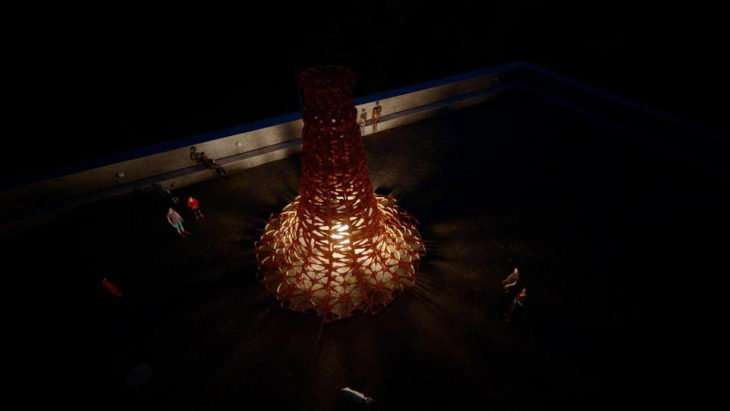
Abstract
Beacon of Light is a project that aims to create a landmark that symbolizes the hope after the loss we all have suffered due to Covid that reminds us about the most essential virtue of life: hope.
Inspiration and design concept
Covid has been a disruptor, to say the least, and has caused many changes in our society, massive pain and suffering. The number of loved ones we have lost to the pandemic is ever-increasing, and the strain it has placed on our mental health is enormous.
As we look for a way out, we have within our reach an excellent teacher: Mother Nature. It teaches us resilience, adaptation, life from death. We have chosen to be inspired by fungi; this kingdom is an essential part of nature as it breaks down nutrients in the decomposition cycle and supplies the elements that recreate life from death.
Fungi, like plants, present geometrical aspects we can observe from their shape. Among them, we have fractal branching that enables the creation of a growth structure and the golden ratio to grow by similarity.
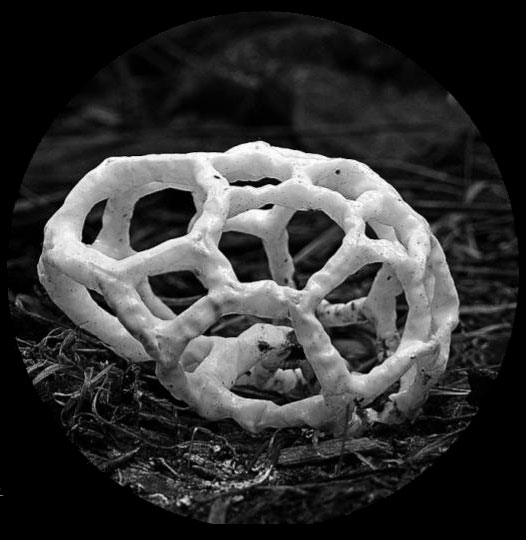
Using these two elements to create our structure, we wanted to form a beacon of light that resembles new and evolving hope after all that has been lost with the pandemic.
Computational Workflow
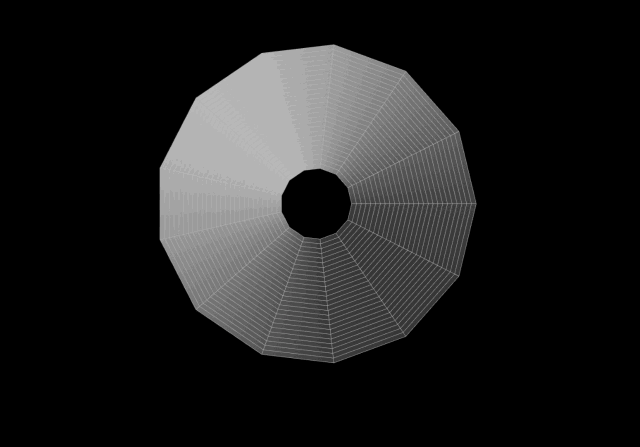
We began form-finding with Kangaroo, looking to create a basic lantern that could form the surface for our form development, the height being distracted by the golden ratio. By creating mesh out of a cylinder, we relaxed it using Kangaroo to find a relaxed mesh similar to a lantern.
After that, we extract 1/8 of that mesh to work with it independently. We then use a noise component to that mesh to give it a growth component. Once satisfied with the noise accumulation, we rotated 8 times again around its axis.
After a re-meshing, we created a lattice structure that resembles the fractal branching we observed in mushrooms, and we arrived at the shape of our beacon of light.
Chosen site
Few countries were hit by Covid as hard as Brazil and within Brazil, specifically, Sao Paolo. They experienced incredible loss. That is why we decided to choose Sao Paolo as our site.
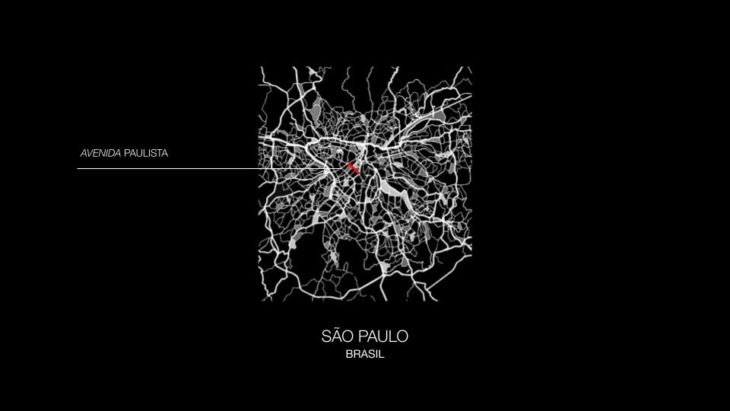
One of the city’s most important avenues is Avenida Paulista, which is host to some of the most critical events in the city. In this avenue, there is a museum called MASP designed in 1960, and it’s a spot for city observation unrivalled by others: it allows anyone driving on Avenida Paulista to look to its central area.
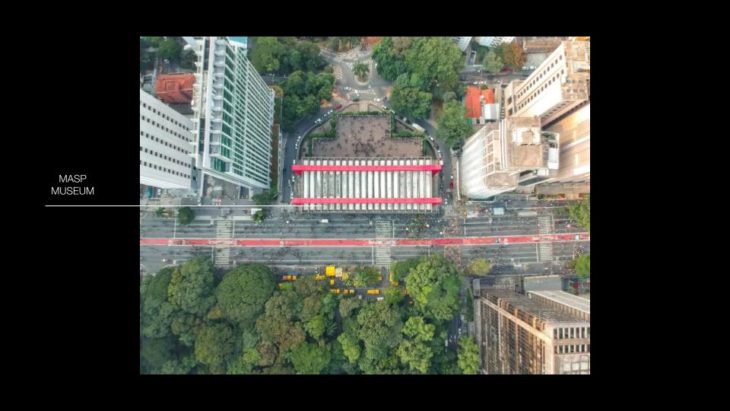
Optimization
We will be using 3d printing technology to create our beacon of light. Therefore we decided to optimize the amount of material we are using via Karamba. By extracting the elements under lighter loads, we reduced the diameter of the pipes, allowing an estimated save of material of more than 30%.
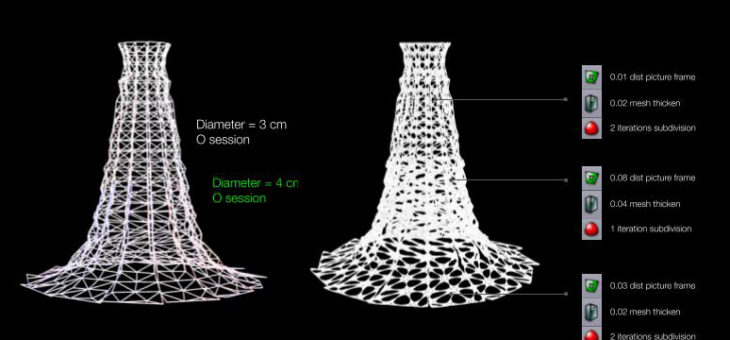
Materiality
The material we will be using for the 3D printing is a composite formed by Mycelium, Chitin, Calcium and other components that creates a biodegradable paste that can be used by 3D printing machines. This paste, besides being organic, interacts with the environment as it expands and contracts with the change in temperatures.
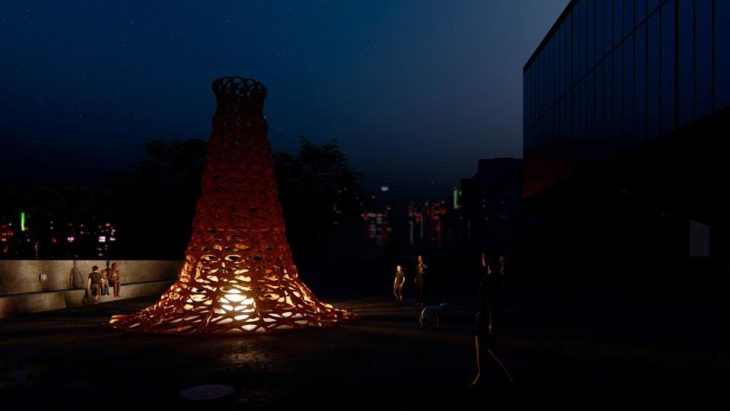
The final result is a unique structure with a light at its core that can be seen by the city of Sao Paolo, irradiating light and hope to all those that have suffered losses by Covid.
Credits
Beacon of Light is a project of IAAC, Institute for Advanced Architecture of Catalonia developed at Master in Advanced Computation for Architecture & Design in 2021/22 by:
Students: Barbara Villanova and Bruno Martorelli
Lead faculty: Rodrigo Aguirre
Faculty assistant: Hesham Shawqy
